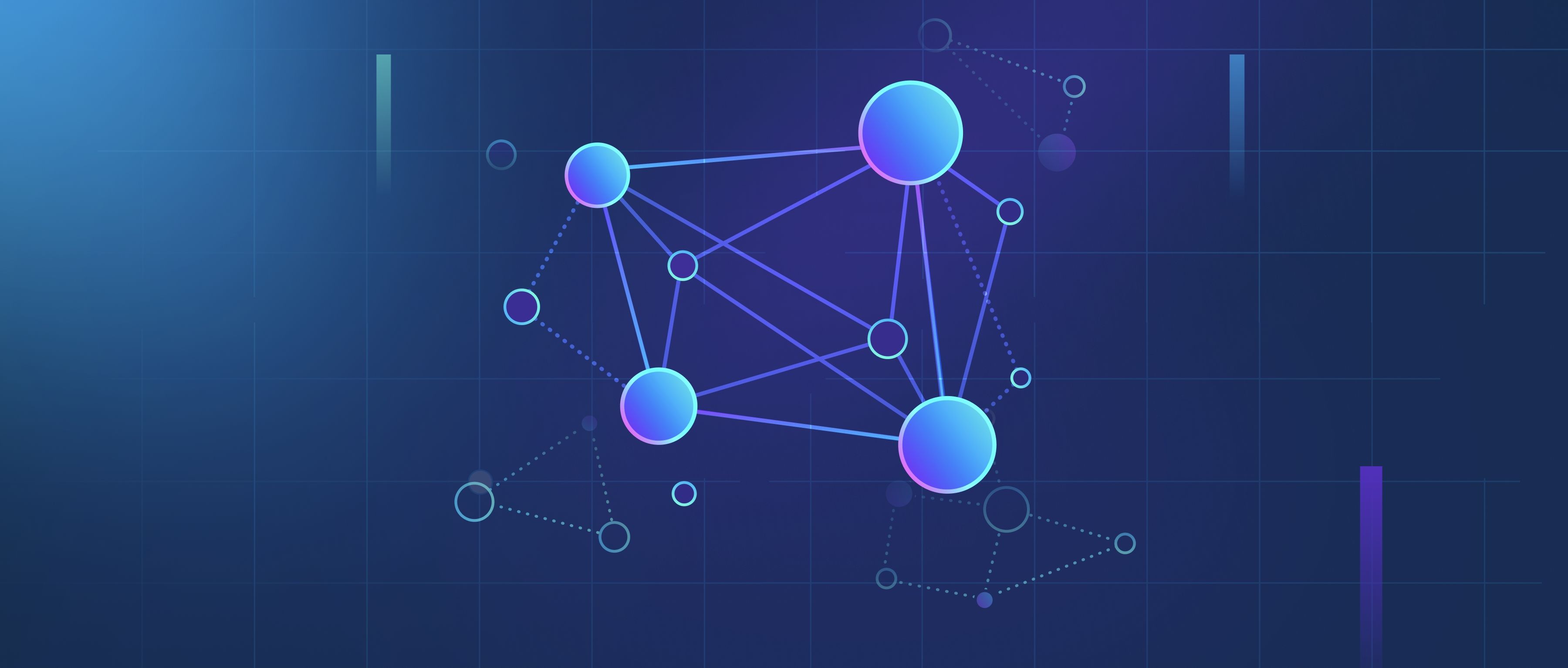Robotics is a branch of engineering and computer science that focuses on the design, construction, operation, and use of robots. Robots are programmable machines that can perform a variety of tasks autonomously or semi-autonomously. They are designed to carry out functions that can be dangerous, repetitive, or require precision, which might be challenging for humans. For example, industrial robots in manufacturing are often used for assembling cars, while service robots might assist in healthcare by helping with rehabilitation exercises for patients.
The main components of a robot typically include a mechanical structure, sensors, actuators, and a control system. The mechanical structure serves as the physical body of the robot, providing the necessary framework and support for other components. Actuators are responsible for moving the robot; they convert energy into motion, allowing the robot to perform actions such as grabbing, walking, or rolling. These could be electric motors or pneumatic systems depending on the robot's design.
Sensors play a crucial role in enabling robots to interact with their environment. They gather data about the surroundings, such as distance, light, or temperature, helping the robot make informed decisions. Common examples of sensors include cameras, ultrasonic sensors for measuring distance, and accelerometers for detecting orientation. Finally, the control system is the brain of the robot; it processes inputs from the sensors and determines how the actuators should respond. This can be implemented using various programming languages or frameworks tailored for robotics, such as ROS (Robot Operating System), which facilitates easier communication between the different components.
